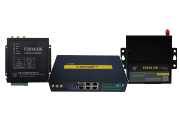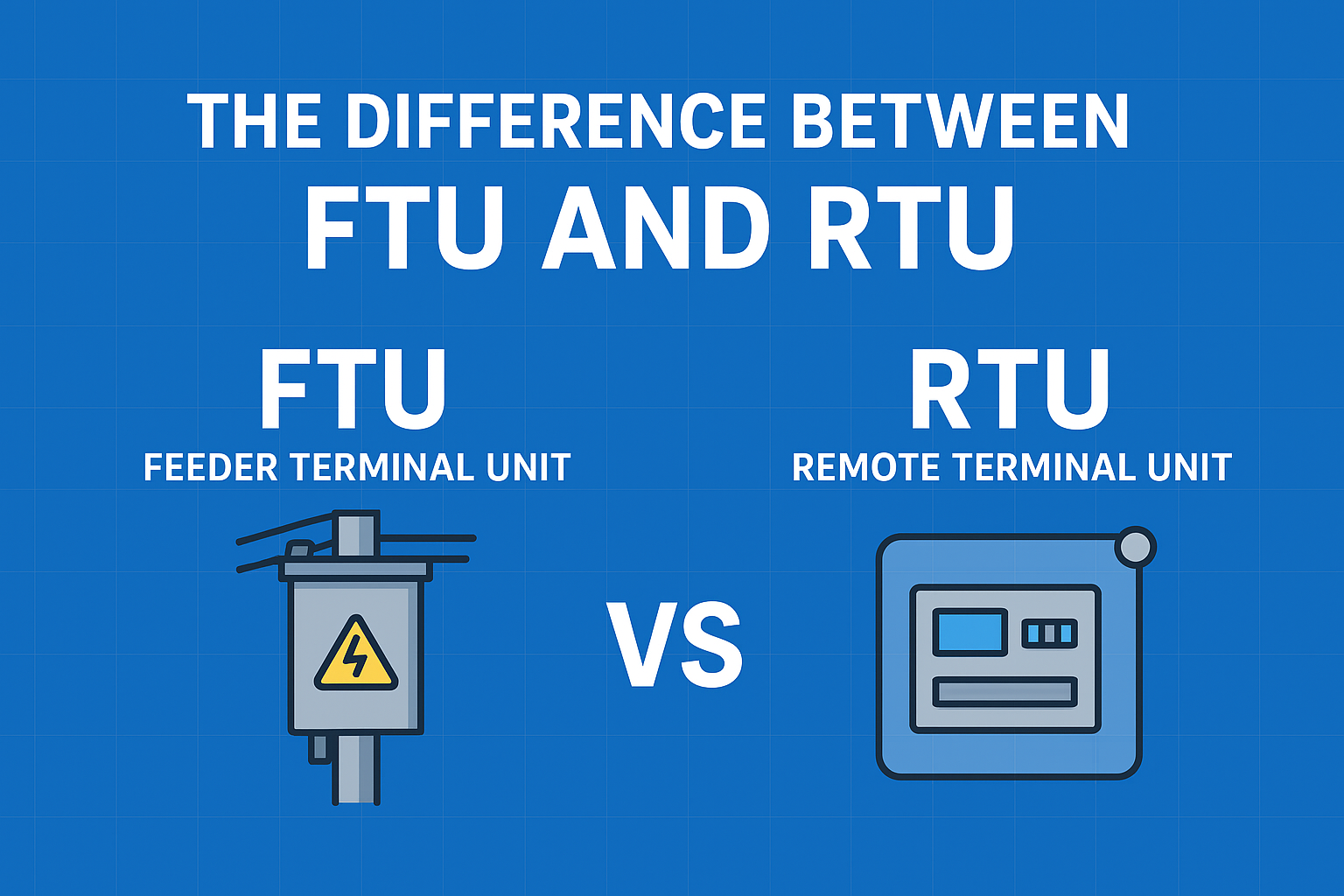News
Popular Routing Protocols
Date:2023-07-07
Hundreds of network protocols have been created for supporting communication between computers and other types of electronic devices. So-called routing protocols are the family of network protocols that enable computer routers to communicate with each other and, in turn, to intelligently forward traffic between their respective networks.
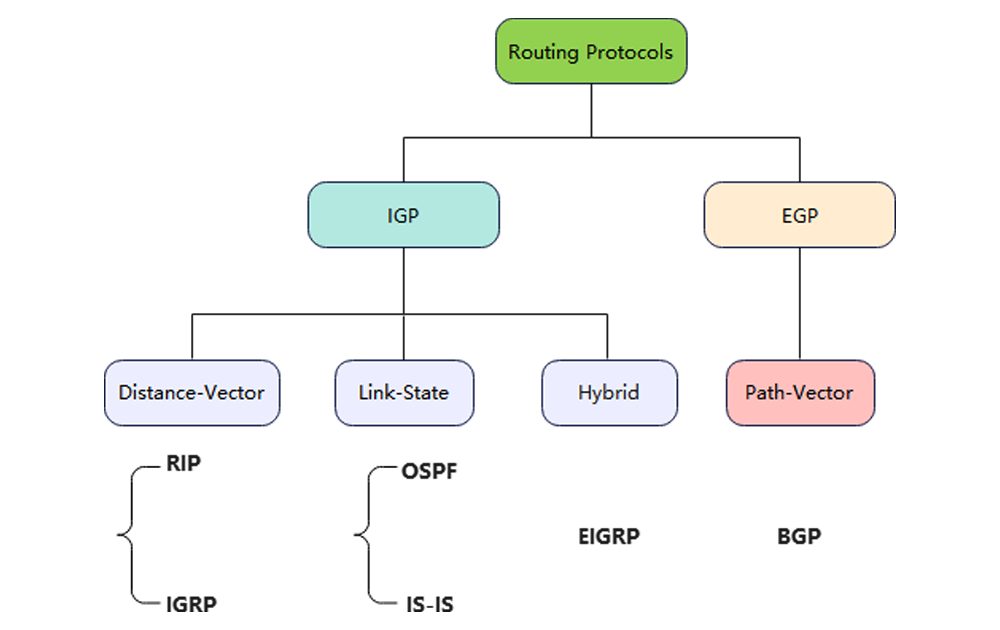
The network protocols described below each allow computer routers to communicate with each other while forwarding traffic between networks. They are among the most popular protocols used.
1. RIP
Researchers developed Routing Information Protocol in the 1980s for use on small- or medium-sized internal networks that connected to the early internet. RIP is capable of routing messages across networks up to a maximum of 15 hops.
RIP-enabled routers discover the network by first sending a message requesting router tables from neighboring devices. Neighbor routers running RIP respond by sending the full routing tables back to the requester, whereupon the requester follows an algorithm to merge these updates into its own table. At scheduled intervals, RIP routers then periodically send their router tables to their neighbors so that any changes can be propagated across the network.
Traditional RIP supported only IPv4 networks but the newer RIPng standard also supports IPv6. RIP uses either UDP ports 520 or 521 (RIPng) for its communication.
2. OSPF
Open Shortest Path First was created to overcome some of the limitations of RIP, including:
15 hop count restriction.
Inability to organize networks into a routing hierarchy, important for manageability and performance on large internal networks.
Significant spikes of network traffic generated by repeatedly re-sending full router tables at scheduled intervals.
OSPF is an open public standard with widespread adoption across many industry vendors. OSPF-enabled routers discover the network by sending identification messages to each other followed by messages that capture specific routing items rather than the entire routing table. It is the only link-state routing protocol listed in this category.
3. EIGRP and IGRP
Cisco developed Internet Gateway Routing Protocol as another alternative to RIP. The newer Enhanced IGRP (EIGRP) made IGRP obsolete starting in the 1990s. EIGRP supports classless IP subnets and improves the efficiency of the routing algorithms compared to older IGRP. It does not support routing hierarchies, like RIP.
Originally created as a proprietary protocol runnable only on Cisco family devices, EIGRP was designed with the goals of easier configuration and better performance than OSPF.
4. IS-IS
The Intermediate System to Intermediate System protocol functions similarly to OSPF. While OSPF became the popular choice, IS-IS remains in widespread use by service providers who have benefitted from the protocol being adaptable to their specialized environments. Unlike the other protocols in this category, IS-IS does not run over Internet Protocol (IP) and uses its own addressing scheme.
5. BGP and EGP
The Border Gateway Protocol is the internet standard External Gateway Protocol (EGP). BGP detects modifications to routing tables and selectively communicates those changes to other routers over TCP/IP.
Internet providers commonly use BGP to join their networks together. Additionally, larger businesses sometimes use BGP to connect multiple internal networks. Professionals consider BGP the most challenging routing protocol to perfect due to its configuration complexity.
RECOMMEND NEWS
RECOMMEND PRODUCTS
-

Industrial Wireless Router F3X14-DK
-

Intelligent Protocol Gateway F-DPU110-RK
-
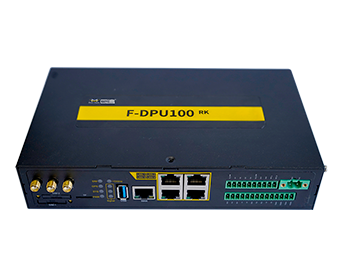
Protocol Converter Gateway F-DPU100-RK
-

Industrial IP Modem F2X14-DK
-

Underground Fault indicator DYO-FF-FIS
-

Underground Fault indicator DYO-FF-FI
-

Hand-held Tool FPI-Hand
-

Hot Stick Tool
-
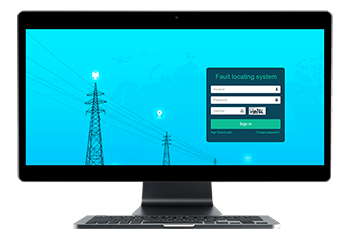
Four-Faith Fault Location System
-
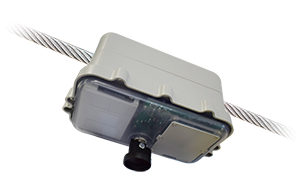
Communication Unit JYL-FF-HX
-

Communication Unit JYZ-FF-HD
-

Flag Fault indicator JYZ-FF
-

LED Fault indicator JYZ-HW




